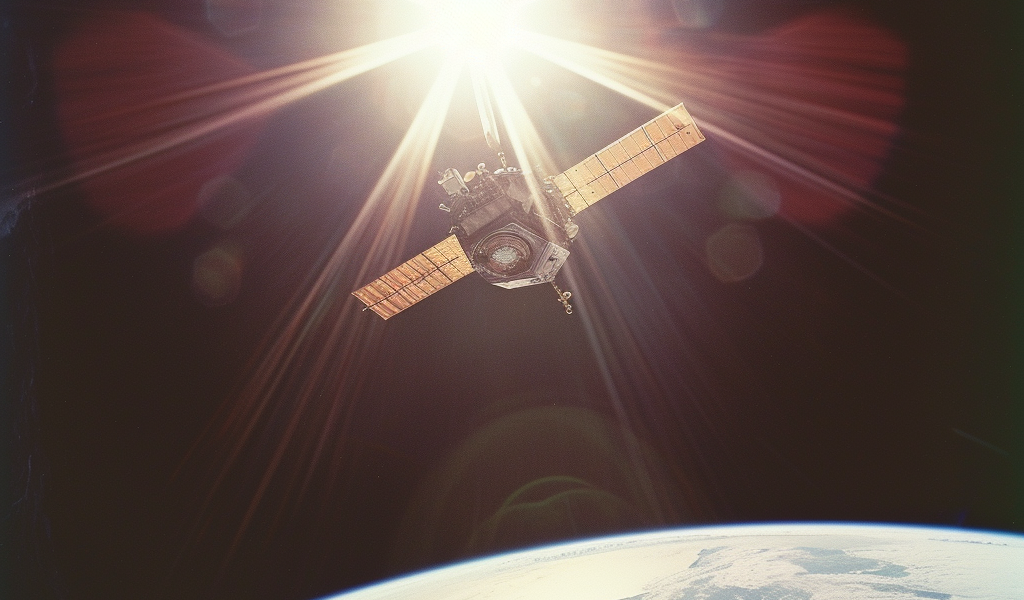On January 26, 2024, the European Space Agency (ESA) announced the upcoming reentry of the Salsa satellite over the South Pacific. This marks the final phase of the Cluster mission, which has been in orbit for nearly 24 years, surpassing its planned two-year lifetime.
Cluster, launched in 2000, is a constellation of four identical spacecraft dedicated to studying the interaction between the sun and Earth’s magnetosphere. The mission has significantly contributed to scientific research, resulting in over 3,200 published papers that have enhanced our understanding of space weather and its impact on Earth.
As the sun-Earth connection continues to be a focal point of scientific interest, the Cluster satellites are set to continue their observations until September 2024. During this period, researchers aim to gather valuable data on the acceleration of charged particles, a process that contributes to the formation of Earth’s auroras.
Furthermore, the wealth of data accumulated over the mission’s duration will serve as a valuable resource for future scientific endeavors. Researchers will have the opportunity to revisit past events, conduct new analyses, and implement advanced techniques such as machine learning and artificial intelligence, leveraging the extensive Cluster science archive.
Among the four Cluster satellites, Salsa will be the first to undergo reentry into Earth’s atmosphere. ESA’s mission control center has orchestrated a series of maneuvers to lower Salsa’s orbit, ensuring a safe descent over the South Pacific Ocean in September.
The conclusion of the Cluster mission signifies the culmination of a groundbreaking scientific endeavor, providing invaluable insights into the sun-Earth relationship and contributing to the advancement of space research.





